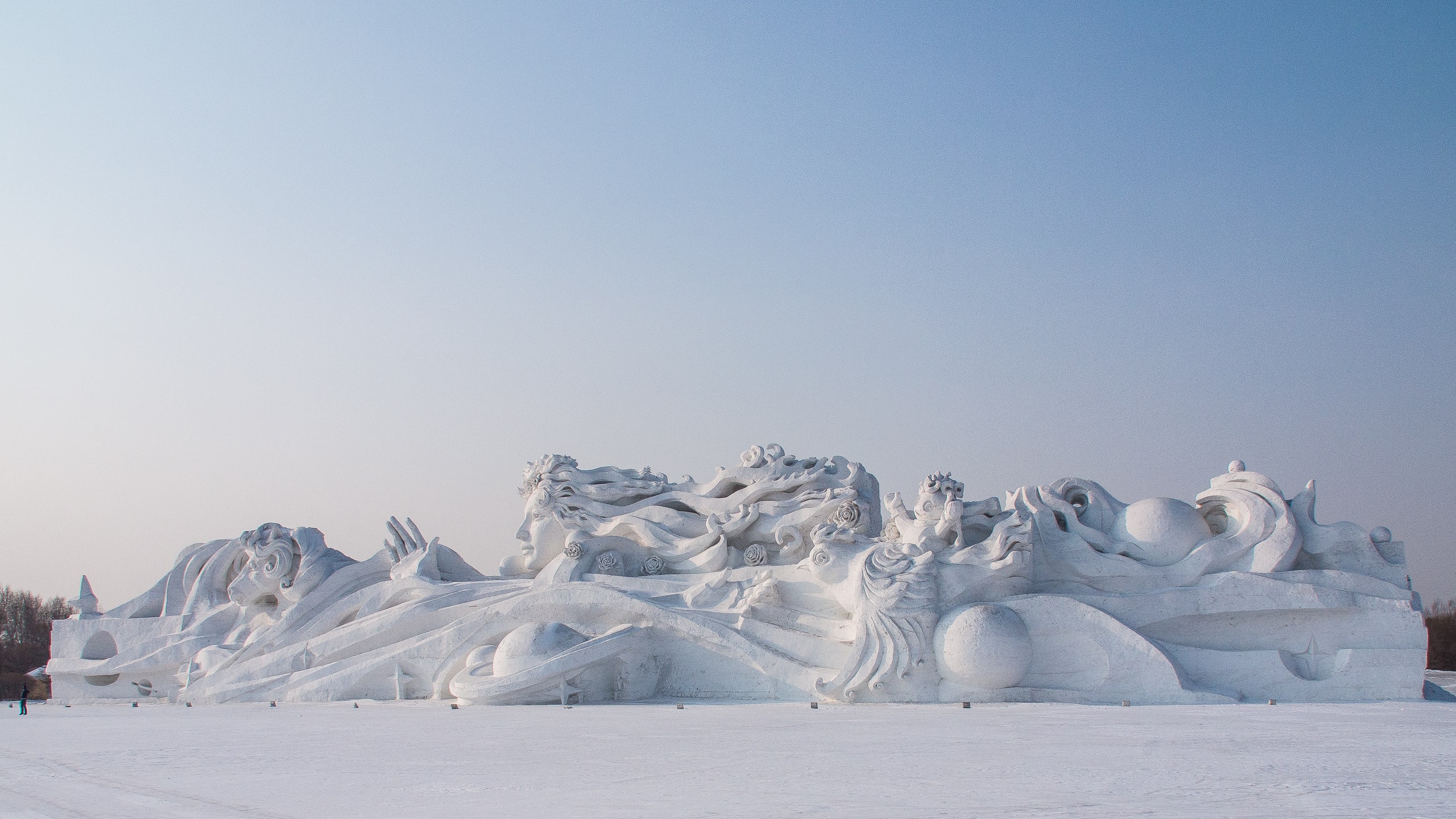China and the Arctic in 2023: Final Remarks

Snow sculptures from the Ice and Snow Festival in Harbin, northeast China, 2014. Photo: Rita Willaert
The Arctic Institute’s 2023 short series about China and the Arctic has explored Beijing’s positions in and on the Far North. While China is located 1500 kilometers south of the Arctic Circle, Beijing is evidently interested in the region in terms of economic activities, international partnerships, scientific research, regional governance, and demonstrating the nation’s return to its historical role as a great power. The Arctic Institute’s 2020 China series considered China’s role in these areas shortly after Beijing published its official Arctic Policy in 2018. Since then, China’s presence in the Arctic has developed and been affected by global events, especially the ongoing war in Ukraine.
The anti-Russian sanctions and isolation from Arctic cooperation in the wake of Russia’s 2022 invasion of Ukraine have led commentators to predict even greater Sino-Russian confluence in the Arctic and around the world. The Arctic can be seen as a key case for understanding Sino-Russian relations and the mutual attitudes of each country towards the other. However, the main fundament of Sino-Russian cooperation in the Arctic, the Polar Silk Road, seems to be in an ambiguous state and has mysteriously disappeared from the two countries’ negotiations. Chinese shipping companies are shying away from sailing the Northern Sea Route, in the Russian Arctic, due to secondary sanctions and staggering costs.
The conflict in Ukraine has likewise affected China’s implementation of its climate change policy. China has not participated in anti-Russian sanctions invoked by Western nations and rather intensified its collaboration with Russia in the oil and gas sectors. At the same time, China sees the Arctic liquefied natural gas projects as instruments for the realization of the nation’s ambitious carbon reduction goals. Arctic LNG is portrayed in Chinese media as a “clean alternative” to “dirtier” fossil fuels such as coal.
At the strategic level, there have been instances of Sino-Russian joint military maneuvers around the Arctic. However, a permanent Chinese military presence in the Arctic is unlikely, most of all due to potential Russian objections. China and Russia have positive military relations, but an alliance is also improbable.
The global strategic competition between the United States and China is spilling over into the Arctic and likewise has important implications for the Nordic states; Chinese scholars argue that “the US has no ability to oblige the Nordic countries to disengage with China.” This is due to the economic complementarity of China and the Nordic states. In turn, US efforts to isolate China have the potential to draw the Nordic countries closer to China.
The Arctic continues to be a region of focus for China. In 2021, the Arctic was mentioned for the first time in China’s latest five-year plan – Beijing’s official blueprint for the country’s development. The plan highlights scientific objectives as well as subnational, province-level priorities for China’s Arctic engagement. In general, China’s role in the Arctic continues to be a significant development in international politics and we will continue to produce research and articles on this theme.